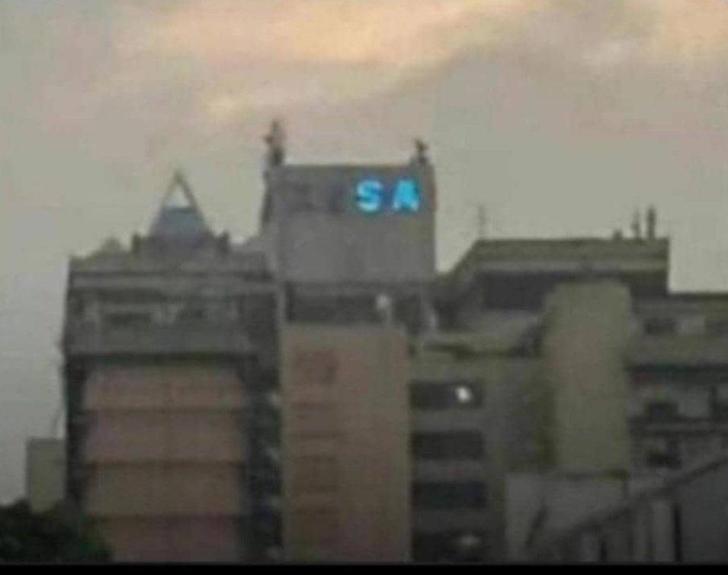News / National
ZESA warns of 'increased load shedding' after Hwange fault
05 May 2025 at 12:43hrs |
3 Views

Zimbabweans are facing intensified electricity blackouts after the Zimbabwe Electricity Supply Authority (ZESA) announced a significant drop in power generation due to a fault at the Hwange Power Station.
In a statement released Sunday, the power utility said the "unforeseen incident" at the coal-powered facility had forced a reduction in available power supplies, prompting "increased load shedding across all customer groups."
ZESA did not specify whether the fault occurred in the ageing units that have long been prone to breakdowns or in the newer Chinese-built Units 7 and 8, commissioned in recent years as part of efforts to stabilise Zimbabwe's power supply.
On Saturday, prior to the fault, national electricity output stood at 1,454 megawatts—comprising 979 MW from Hwange, 400 MW from the Kariba hydroelectric plant, and 75 MW from independent power producers. However, Zimbabwe's peak demand hovers around 2,000 MW, leaving the country consistently short by several hundred megawatts.
The gap between supply and demand has translated into extended power outages across the country, with residents and businesses enduring daily blackouts lasting up to eight hours or more.
The ongoing energy crisis has continued to weigh heavily on industry, agriculture, and households alike, despite government promises that recent upgrades at Hwange would bring lasting relief. The latest setback underscores the fragility of Zimbabwe's power infrastructure and the persistent challenge of maintaining consistent generation capacity.
No timeline has been provided for the restoration of full operations at Hwange, and ZESA urged consumers to conserve power wherever possible.
In a statement released Sunday, the power utility said the "unforeseen incident" at the coal-powered facility had forced a reduction in available power supplies, prompting "increased load shedding across all customer groups."
ZESA did not specify whether the fault occurred in the ageing units that have long been prone to breakdowns or in the newer Chinese-built Units 7 and 8, commissioned in recent years as part of efforts to stabilise Zimbabwe's power supply.
The gap between supply and demand has translated into extended power outages across the country, with residents and businesses enduring daily blackouts lasting up to eight hours or more.
The ongoing energy crisis has continued to weigh heavily on industry, agriculture, and households alike, despite government promises that recent upgrades at Hwange would bring lasting relief. The latest setback underscores the fragility of Zimbabwe's power infrastructure and the persistent challenge of maintaining consistent generation capacity.
No timeline has been provided for the restoration of full operations at Hwange, and ZESA urged consumers to conserve power wherever possible.
Source - zimlive
Join the discussion
Loading comments…



















